The Effects of Dual-Credit on Secondary and Postsecondary Student Outcomes
Author: Michael Villarreal
Date: November 2017
Publication Type: Working paper, 47pp.
Presented to the Texas Association of Community Colleges
Abstract:
This study estimates the effects of dual credit on outcomes that trace a student’s journey from high school to undergraduate and graduate degree completion. Dual credit is a model program that allows high school students to enroll in college-level coursework and simultaneously earn high school and college credit. This study also investigates the potential for improving the design of dual-credit programs by exploring heterogeneous effects by program attributes. The study investigates if dual credit effects vary across English, math, science, social science, career and technology, and other subjects. For a limited set of outcomes, the study investigates if instructors with a doctoral degree produce a different impact from those with a Master’s degree; if impacts vary by instruction mode (face-to-face classroom instruction, instruction with teacher and students connected by video, computer-based instruction, or a combination of computer and face-to-face instruction); and if dual-credit courses located on a high school campus produce a different impact than those located on university or community college campuses. Using panel data with school district fixed effects, this study finds that increases in the share of students earning dual credit is associated with increases in high school graduation; increases in university application, admission, and enrollment; quickens the pace to degree completion; and increases degree completion rates. Districts that increase their average dual credit earned improve student outcomes with each increase. Unlike Advanced Placement (AP) courses, dual credit benefits students with a variety of college aspirations including certificate seekers. Compared to AP, dual credit courses produce larger increases in bachelor’s degree completion rates. Finally, evidence suggests that schools can further amplify dual credit effects by prioritizing certain subjects, using certain instruction modes, and locating dual credit instruction on community college campuses.


Leave a Reply